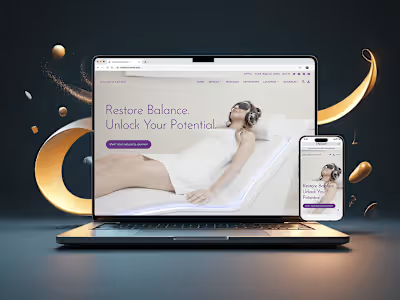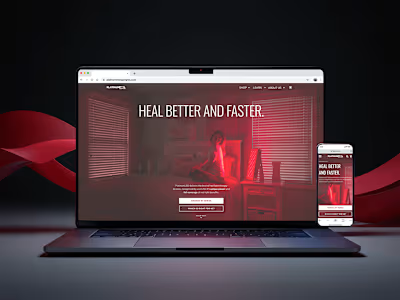Multi-Year UX Strategy Development

Multi-Year Moët-Hennessy UX Strategy Development
Project Overview
Developed a long-term User Experience strategy aimed at embedding a user-centric culture within a large, brand-focused organization. The goal was to enhance digital transformation efforts and improve the quality of digital experiences across the company's online platforms.
The Challenge/Problem
The organization needed to formally integrate a User Experience strategy to adapt to the evolving digital landscape and align its brand-driven approach with user needs. Key challenges included enhancing the user experience of existing digital platforms, ensuring new platforms were developed with user-centric principles, fostering ongoing innovation, and increasing UX maturity and awareness across different business units and the increasing uncertainty and complexity of the future

Representation of "The Futures Cone", in order to better understand potential, projected, probable, plausible, possible, preferable and preposterous futures.
The core deliverable was a comprehensive, multi-year UX strategy document. This involved defining strategic priorities and outlining key initiatives, such as: Conducting user research (audits, usability testing, interviews) to identify pain points and opportunities; Establishing processes to integrate UX principles into the development lifecycle for existing and new digital products; Planning for continuous improvement and user-centric innovation; Developing programs to build UX awareness and skills across the company through training, workshops, and internal communication.
Results & Impact
This strategy defined a roadmap for improving user experience across the company's digital touchpoints. Anticipated outcomes included enhanced user satisfaction, increased user engagement and task success rates, reduced development friction and costs through proactive UX integration, and a stronger competitive position through user-centric innovation. The strategy aimed to significantly elevate the perceived quality of the company's digital experiences over the long term.
Skills Demonstrated
UX Strategy, User Research, Usability Testing, Prototyping, Data Analysis for UX, Competitive Analysis, Internal Communication/Training, Stakeholder Management, Design Process Improvement.
Methodologies
User-Centered Design, Design Thinking, UX Frameworks, Continuous Discovery principles.
General Tool Categories
Behavioral Analytics Tools, Usability Testing Platforms, User Research Platforms, Collaboration Tools, Design & Prototyping Software.
Like this project
Posted Apr 18, 2025
Developed a long-term User Experience strategy aimed at embedding a user-centric culture within a large, brand-focused organization.
Likes
1
Views
15
Timeline
Sep 1, 2023 - Mar 31, 2024
Clients


Moët Hennessy

LVMH






